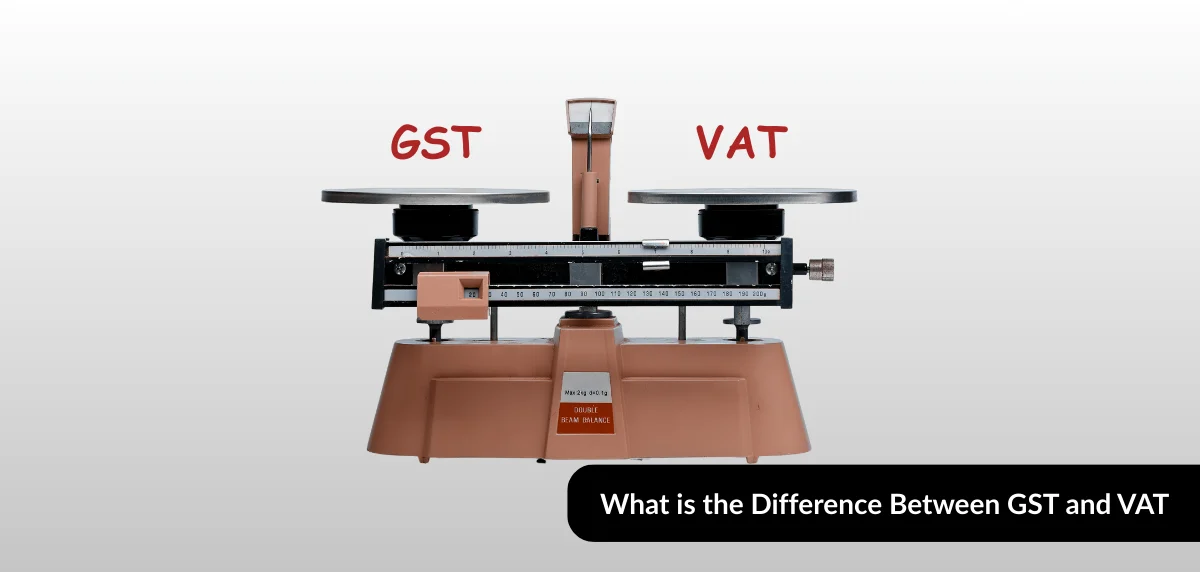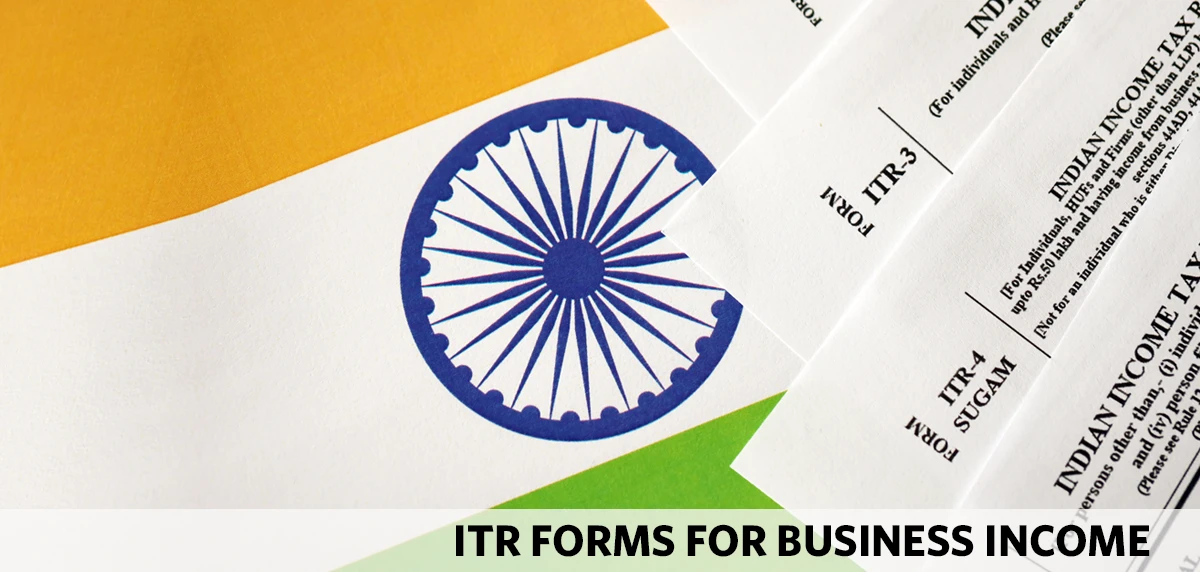In India, indirect taxes have undergone a major change over the years. Earlier, Value Added Tax (VAT) was a key system used by states to collect tax on goods. However, it was replaced with the Goods and Services Tax (GST) for most products and services from July 2017 onwards.
Whether you are a tax-paying citizen of the nation or an organisation, it is important for you to know the difference between GST and VAT. Let’s understand these two tax concepts and see how they compare in a clear and simple way.
What is VAT?
It is a state-level indirect tax introduced in India on April 1, 2005. VAT is levied at every stage of the supply chain, from production to sale, where value is added to goods. VAT is reflected in the final cost, which is borne by the consumer. While it has been replaced by GST for most products and services, value-added tax is still applicable to some products (such as petrol, diesel, and alcohol), which are outside GST’s scope.
However, VAT had certain drawbacks, such as:
- The VAT rates and laws were different across states.
- There was no input tax credit for services under VAT laws.
- Most importantly, VAT led to the cascading effect of tax (which increased the total tax burden).
We will learn more about the cascading effect of tax in a later section, to better grasp the difference between GST and VAT.
What is GST?
Goods and Services Tax is a single, destination-based tax that replaced various central and state taxes (including VAT) for most goods and services. It is applied uniformly across India and allows seamless input tax credit for goods and services.
For example, GST also applies to financial products such as life insurance plans. When you buy a policy, GST on life insurance premiums is charged at a standard rate.
Now, let’s understand one of the major ways GST trumps VAT, i.e., by removing the cascading effect of tax on goods and services.
Cascading Effect of Tax
This effect occurs when tax is charged on a value that already includes tax from an earlier stage. One can call it ‘tax on tax’.
Let’s understand the difference between GST and VAT with an example of a furniture manufacturer selling a table to a retailer for ₹10,000.
With VAT:
Manufacturer adds 10% VAT = ₹1,000.
The retailer pays ₹11,000 in total.
The retailer then adds their margin (₹3,000) and sells it to the customer for ₹14,000.
VAT at 10% is charged on ₹14,000 (which already includes the ₹1,000 tax paid earlier) = ₹1,400.
Here, the customer pays a total of ₹15,400. Note that the ₹1,000 tax from the first stage has been taxed again. This is the cascading effect or ‘tax on tax’.
With GST:
Manufacturer charges GST at 10% = ₹1,000, so the retailer pays a total of ₹11,000.
The retailer's cost to the consumer is ₹14,000, and GST on the same is ₹1,400.
But the retailer will pay only ₹400 to the government, as he can claim back the ₹1,000 he had paid at the earlier stage. This is called input tax credit.
Hence, when you carry out a comparison between GST and VAT, keep in mind that the former removes the cascading effect by allowing input tax credit.
While calculating indirect taxes (such as GST and VAT) may be a bit complex and even unnecessary for the regular taxpayer, calculating direct taxation can be made easier with tools like the income tax calculator. It helps you estimate your tax liability so that filing your returns becomes easier and more accurate.
The main difference between GST and VAT lies in each one’s reach, uniformity, and efficiency. GST is simpler to understand and easier to implement, while VAT still applies to certain goods. Understanding these tax concepts helps everyone, from business owners to those choosing life insurance, make informed decisions.





















